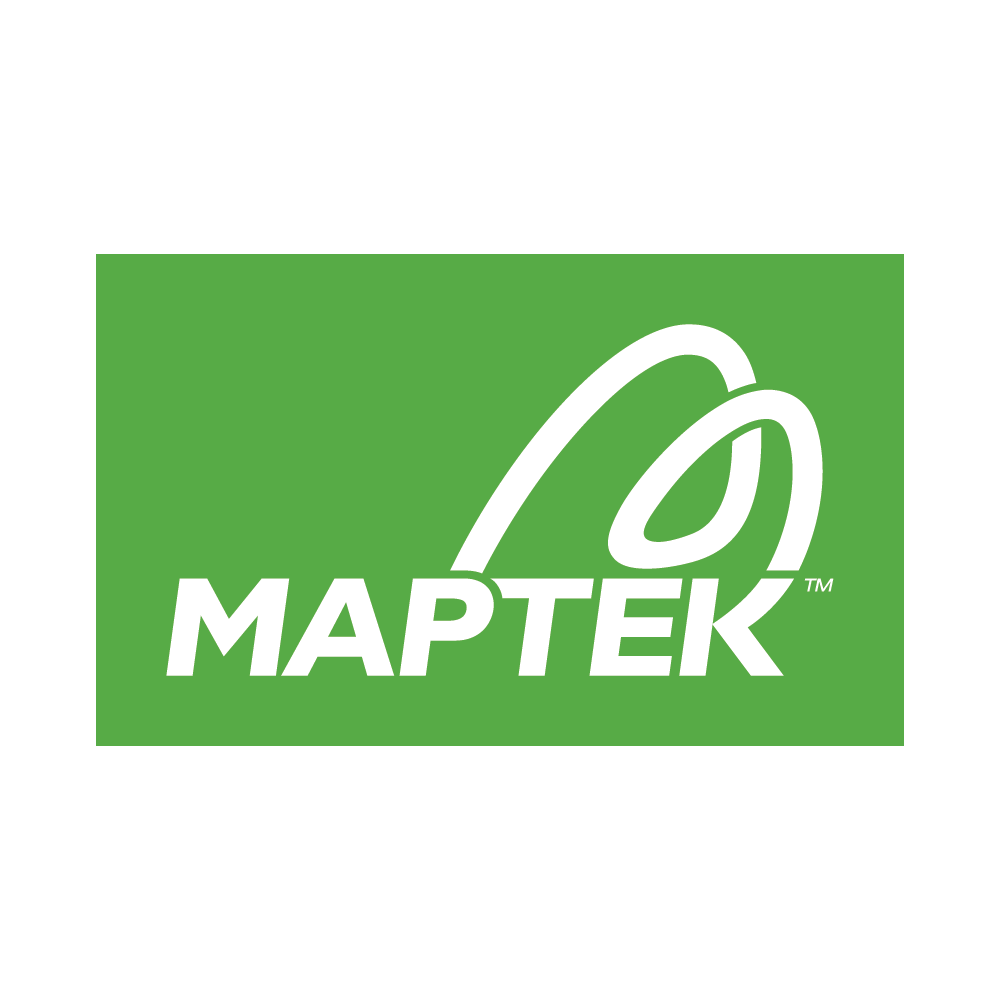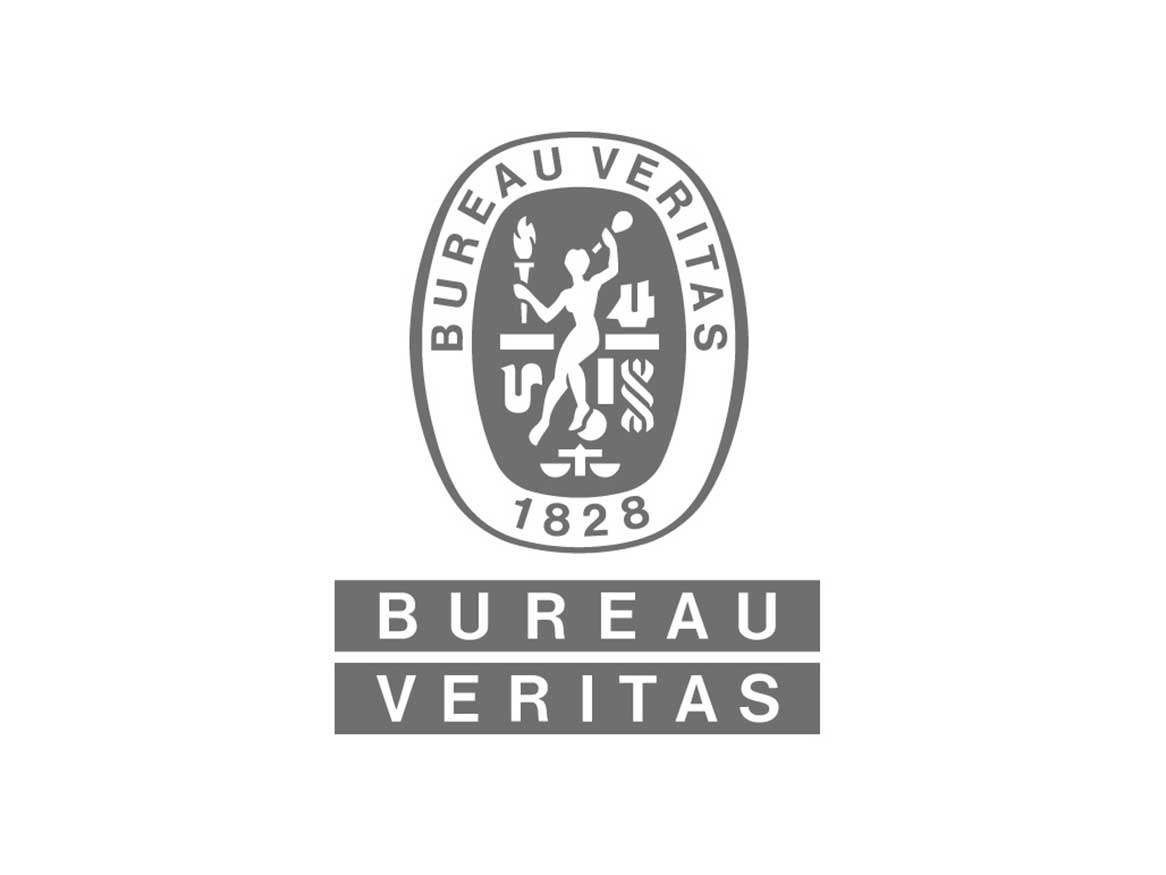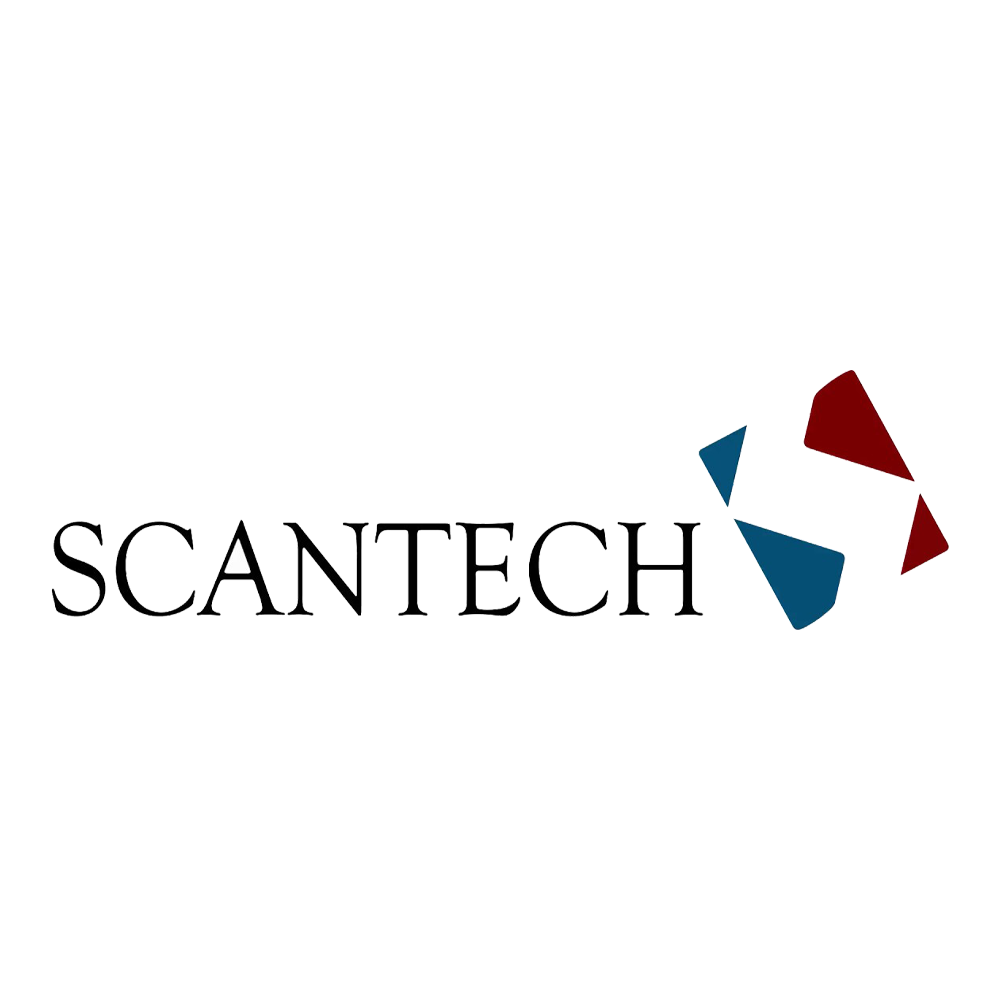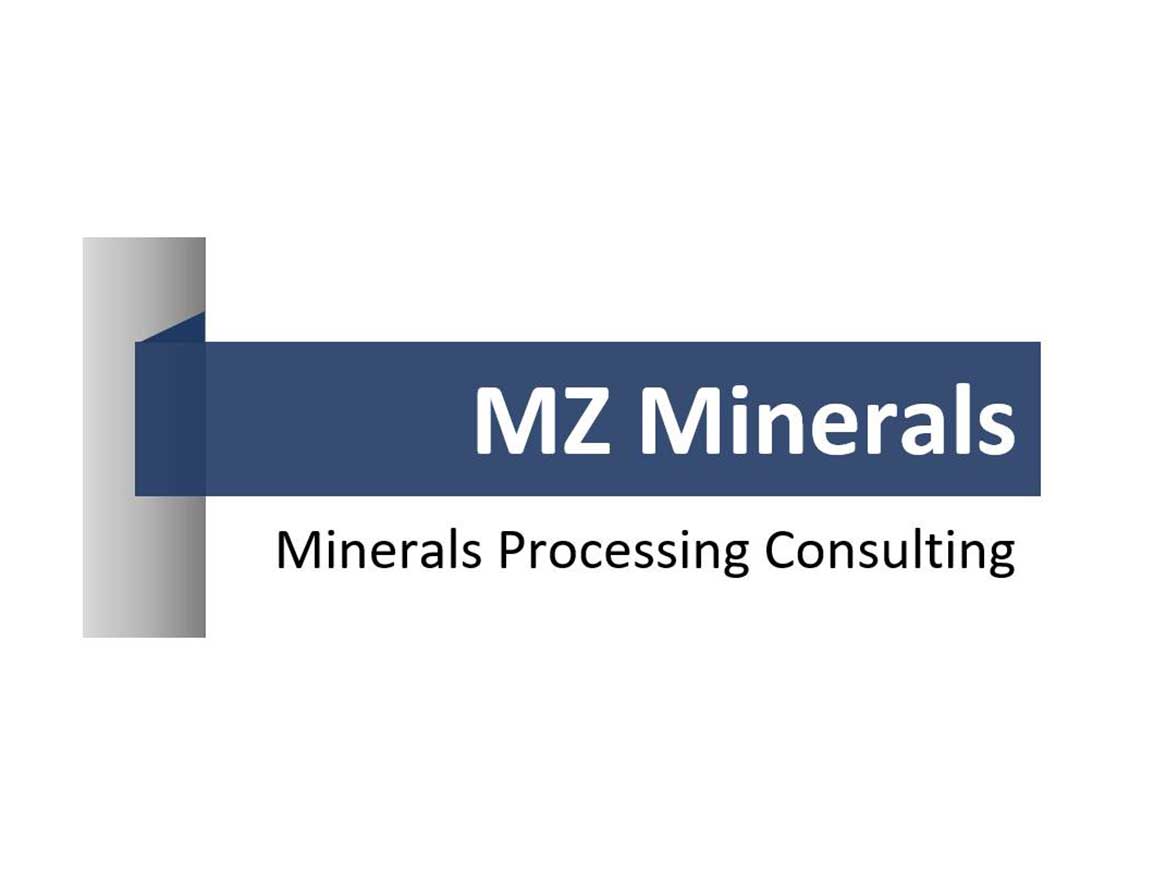Program A
Increasing certainty on the mill feed for predictable and controllable performance
In this program, we use sensors to enable machines to identify and monitor ore characteristics at several points of the upstream mining chain, from in-place resources to the mill feed. The aim is to achieve feed control and blending in stages to provide a stable, predictable and controllable feed for the plant.
Benefits
- Monitoring the ore attributes in the Run-of-Mine (RoM) ore can provide rapid feedback to mining operations for dilution control and reconciliation in short time periods.
- Having a greater certainty on mill feed attributes will allow the value to be optimised in shorter time periods than is currently possible.
Research challenges
- Resource knowledge updated in real time with sensor information
- Near real time ore tracking and tagging from mine to mill
- Near real time mineralogy identification in the mill feed.
Partners
Research projects
Stage project A1: belt sensing and ore sorting
These project are part of Research Group 1 - Geostatistical Modelling and Value Chain Optimisation.
-
Research project 1 (A RP1): Optimising mining operations under different constraints with a focus on in-situ resource to stockpile
This project has concluded.
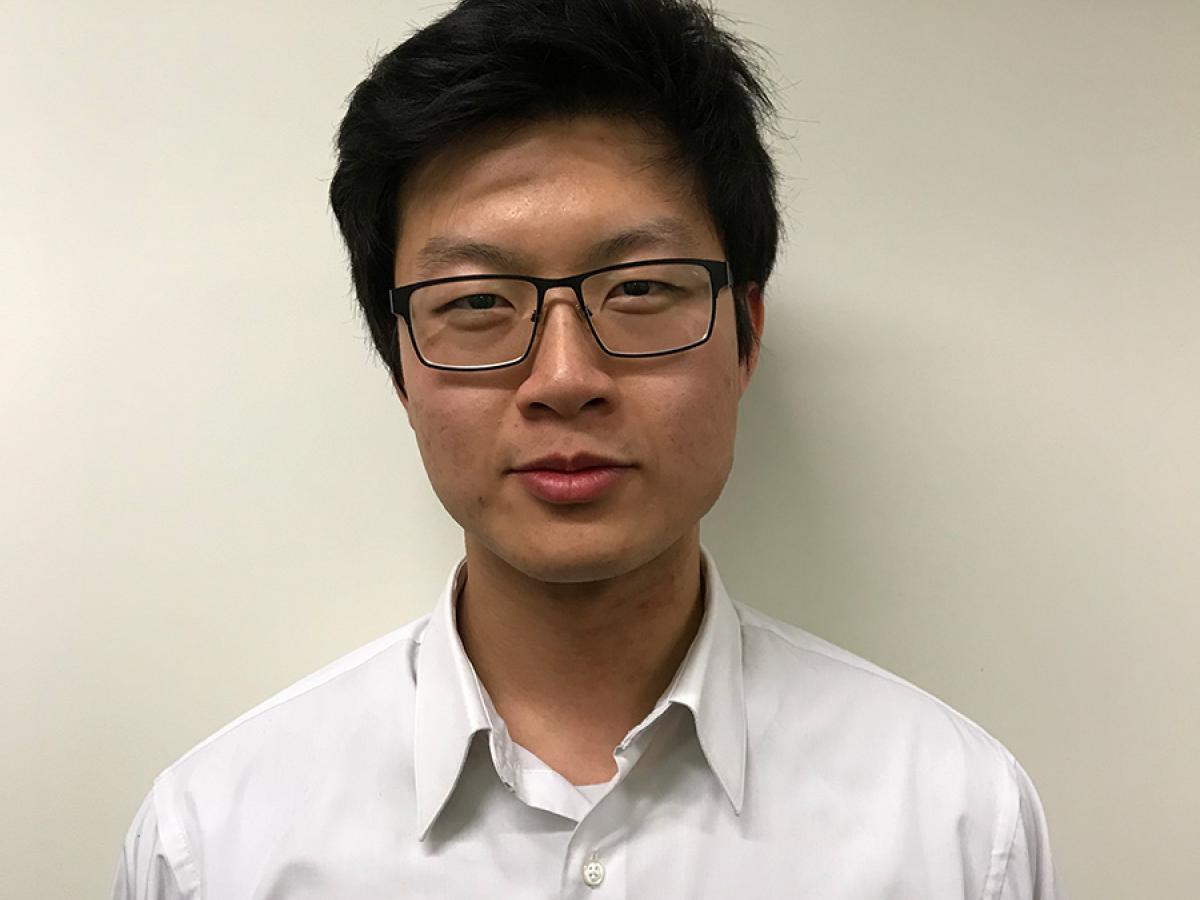
Kiet Wong
Industry challenge: Reduce uncertainty in the mill feed and meet saleable product specifications.
Project scope:
- Use the resource model for the coarse-scale characterisation of the orebody on which stopes are designed and the grade and geological uncertainties are quantified
- Use blast-hole assays to provide the fine-scale grade characteristics of stopes and to reduce uncertainty
- Use samples from muck pile and from trucks to enhance the fine-scale grade characteristics and reduce uncertainty.
- Student: Kiet Wong
- Principal supervisors: Prof Peter Dowd, A/Prof Chaoshui Xu
- Postdoctoral fellow: Dr Amir Adeli
- Research lead: University of Adelaide
- Translation partner: Datanet
This project is linked to Translation Project 1 (A TP1).
-
Research project 2 (A RP2): Resource heterogeneity modelling for optimal ore extraction
This project has been completed.
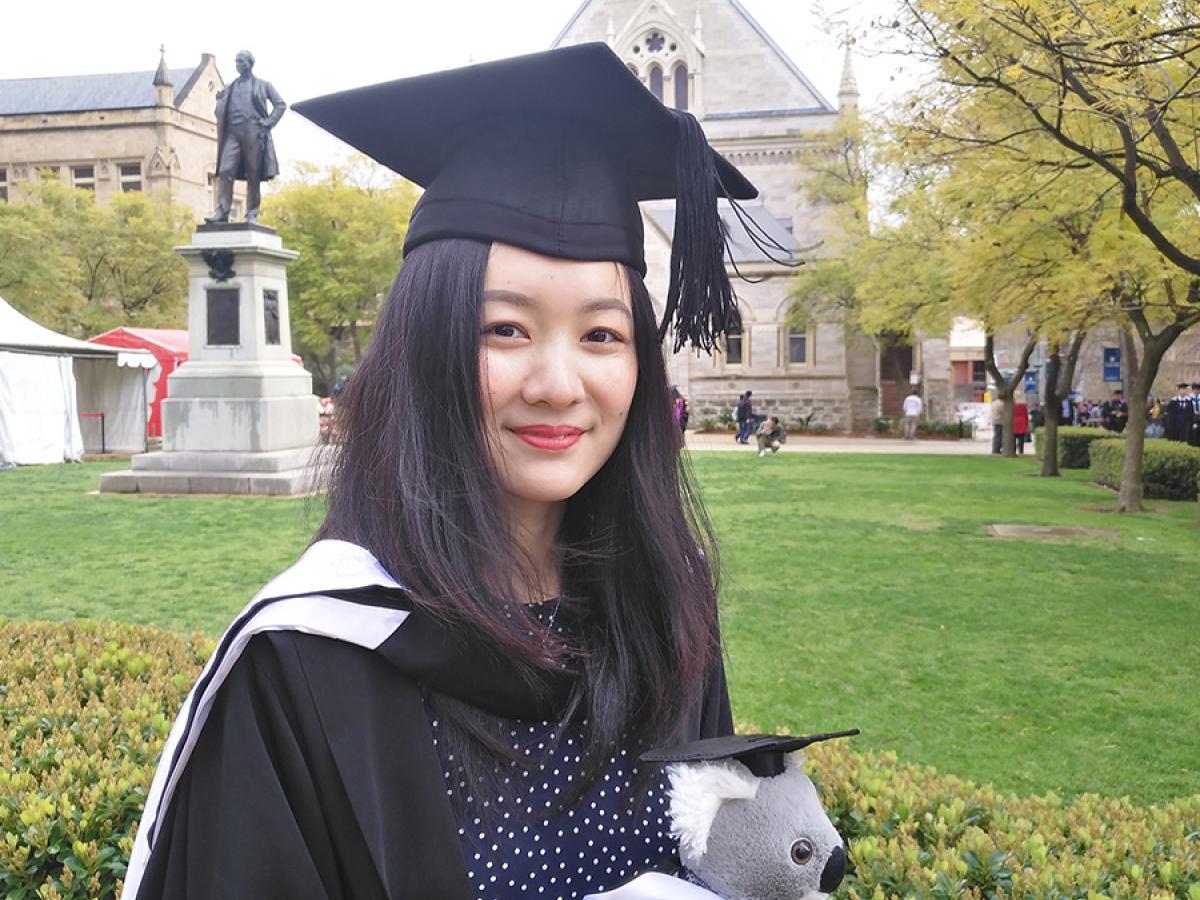
Yusha Li
Industry challenge: How to take advantage of small scale heterogeneity to optimise ore extraction.
Project scope:
- Assess the heterogeneity of grades within a large block
- Generate the resource model with the heterogeneity information (resource heterogeneity model)
- Rapidly update the proposed model with more available data to reflect local heterogeneity in real-time (dynamic heterogeneity model).
- Student: Yusha Li
- Principal supervisors: Prof Peter Dowd, A/Prof Chaoshui Xu
- Research lead: University of Adelaide
View the YouTube video of Yusha Li’s presentation on ‘Resource heterogeneity modelling for optimal ore extraction'
-
Research project 3 (A RP3): Constraints and quantifying uncertainty on resource domain boundaries
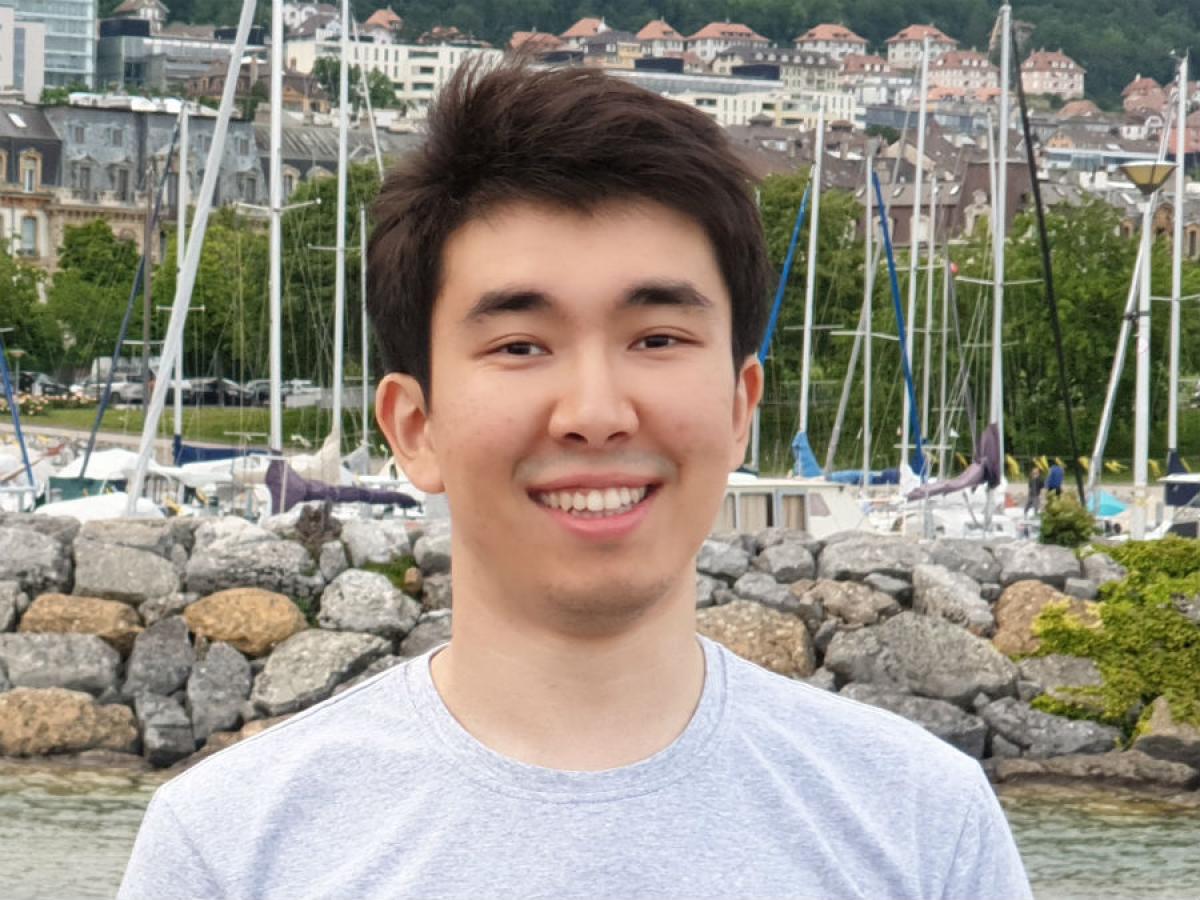
Yerniyaz Abildin
Industry challenge: Uncertainty in the resource model, challenge of identification domain boundaries with varied mineralogy and mine planning decision making.
Project scope:
- Geostatistical modelling and simulation to high resolution
- Benchmark uncertainty in resource model for boundaries and attributes including geomet
- Validate using downhole data on in-situ resource.
- Commercialisation
- Postdoctoral fellow: Yerniyaz Abildin
- Principal supervisors: Prof Peter Dowd, A/Prof Chaoshui Xu
- Research lead: University of Adelaide
View the YouTube video of Yerniyaz Abildin’s presentation on ‘Constraints and quantifying uncertainty on resource domain boundaries’
Stage project A2: ore tracking
These project are part of Research Group 3 - Optimisation Group
-
Research project 5 (A RP5): Resource heterogeneity modelling from trucking to multiple stockpiles to mill feed
This project has been completed.
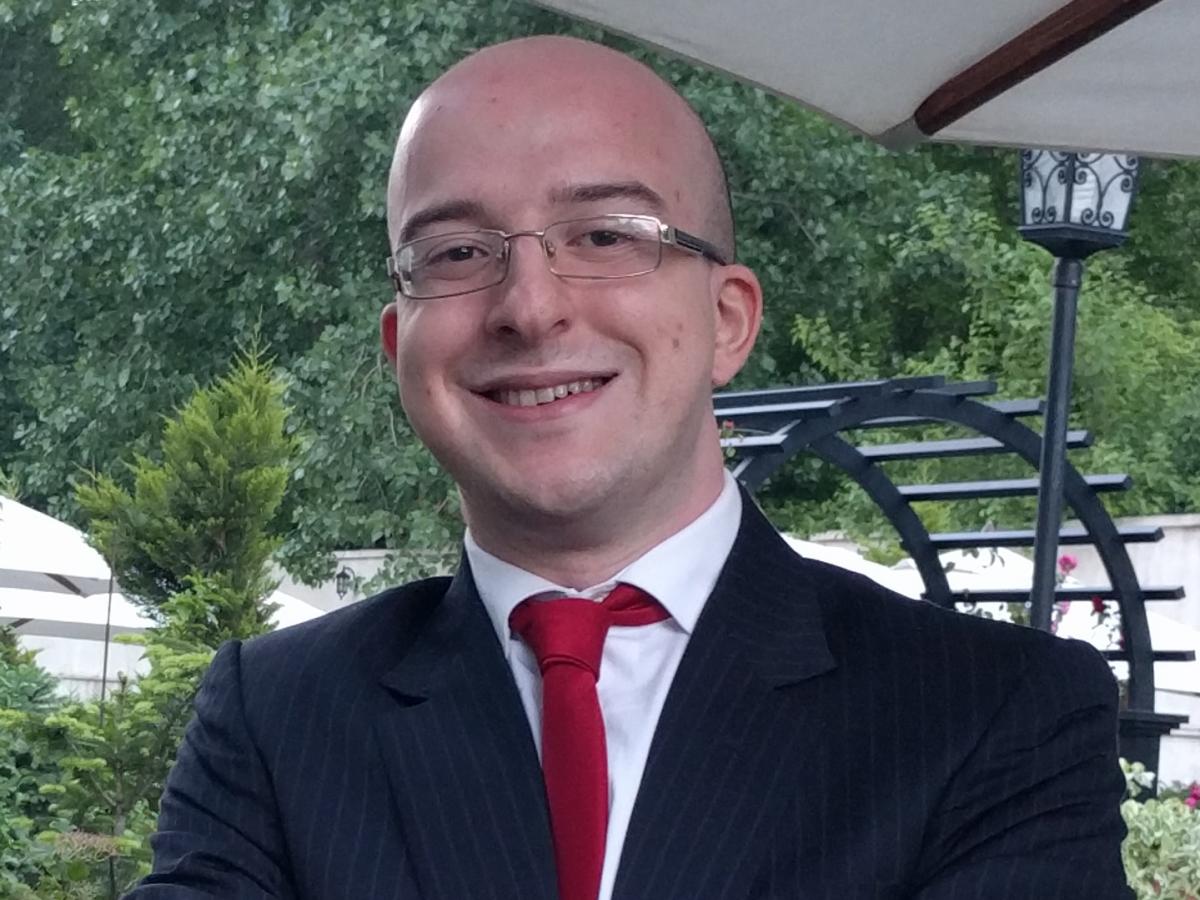
Hirad Assimi
Industry challenge: Stockpiles can have large grade variations; it is difficult to respond to problems with the blend due to lack of information on spatial variability within the ROM pile.
Project scope:
- Optimise blends under constraints
- Theoretically well-founded settings with different distributions
- Realistic scenarios using EKAs simulator and End User data.
- Student: Hirad Assimi
- Principal supervisors: Prof Frank Neumann, Dr Markus Wagner
- Postdoctoral fellow: Dr Aneta Neumann
- Research lead: University of Adelaide
- Translation partner: Eka
This project is linked to Translation Project 4 (A TP4).
View the YouTube video of Hirad Assimi’s presentation on ‘Resource heterogeneity modelling from trucking to multiple stockpiles to mill feed’
Stage project A3: ore tagging and fingerprinting
These project are part of research group 2 - Mineralogy Group
-
Research project 4-1 (A RP4-1): Correlations of elemental, mineralogical, hyperspectral with sensor data for mineral identification
This project has concluded.
Industry challenge: Uncertainty on the mill feed, ore tracking and fingerprinting.
This project is linked to Translation Project 3 (A TP3).
Project scope:
- Validate the concept the fingerprinting at lab scale simulations
- Use fingerprinting concept on resource data and mil feed for multi-elements
- Simulate potential for ore sorting for attributes of value and cost.
- Student: TBC
- Principal supervisors: Prof Nigel Cook
- Postdoctoral fellow: TBC
- Research leads: University of Adelaide
- Translation partners: Bureau Veritas, Boart Longyear, Scantech, Consilium Technology
-
Research project 4-2 (A RP4-2): Geometallurgical modelling: Predicting metal recovery accounting for non-additivity and preferential sampling designs
This project has been completed.
Industry challenge: Developing a new algorithm for predicting metal recovery accounting for non-additivity and preferential sampling designs.
This project is linked to Translation Project 3 (A RP1).
Project scope:
- Develop a new algorithm for predicting metal recovery accounting for non-additivity and preferential sampling designs.
- Run various tests of the algorithm using Prominent Hill data.
- Principal supervisors: Prof Peter Dowd
- Postdoctoral fellow: Dr Amir Adeli
- Research leads: University of Adelaide
- Translation partners: OZM
Stage project A4: sensor information and sorting
-
Research project 6 (A RP6): Blend strategy optimisation
This project has been completed.

Yue Xie
Industry challenge: There is a need to optimise batches of concentrate over the mine plan by linking data and decisions.
Project scope:
- Understand existing methods of copper concentrate blend strategy optimisation
- Translate mill models into computer language
- Improve objective functions and existing algorithms.
- Student: Yue Xie
- Principal supervisors: Prof Frank Neumann
- Postdoctoral fellow: Dr Aneta Neumann
- Research lead: University of Adelaide
This project is part of Research Group 3 - Optimisation Group
This project is linked to Translation Project 4 (A TP4).View the YouTube video of Yue Xie’s presentation on ‘Blend strategy optimisation’
-
Research project 7 (A RP7): Mill feed sorting to optimise throughput and energy usage
This project has been completed.
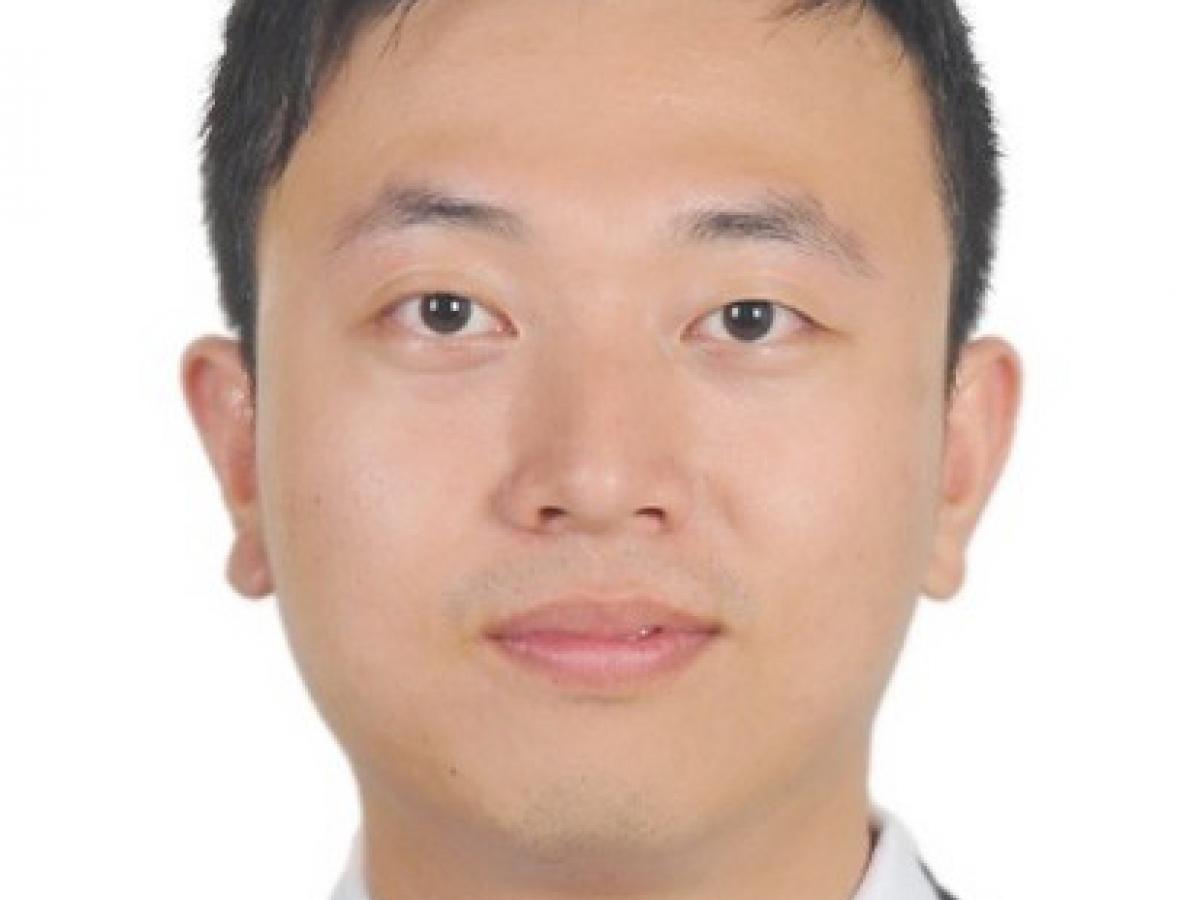
Hu Wang
Industry partner challenge: Hard rock types negatively affect mill throughput. Early identification of rock mineralogy that is hard to process in the SAG mill feed is required.
Project scope:
- Visual and machine learning on gyratory crusher and SAG mill feed to identify mineralogy type
- Machine learning to tune mill parameters to optimise throughput and energy usage.
- Student: Hu Wang
- Principal supervisors: Prof Chunhua Shen, A/Prof Max Zanin
- Postdoctoral fellow: Dr Junjie Zhang
- Research lead: University of Adelaide
This project is part of Research Group 4 - Machine Learning Group
This project is linked to Translation Project 6 (A TP6).
Translation projects
-
Translation project 1-1 (A TP1-1) Ore tracking from resource to crusher
This project has concluded.

Dr Amir Adeli
This project is developing an ore tagging system to track the ore body from blast to the ROM to the crusher. It will translate the research outcomes of Research Project 1 (A RP1).
- Chief Investigator: Prof Peter Dowd
- Postdoctoral Fellow: Dr Amir Adeli
- Translation Partner: Datanet
-
Translation project 1-2 (A TP1-2) A geostatistical approach for validating geological loggings
This project has been completed.

Dr Amir Adeli
This project is developing a new geo-metallurgical model for validating geological loggings to identify and remove mis-logged geological samples.
- Chief Investigator: Prof Peter Dowd
- Postdoctoral Fellow: Dr Amir Adeli
- Translation Partner: OZM
View the YouTube video of Dr Amir Adeli’s presentation on ‘A geostatistical approach for validating geological loggings’
-
Translation project 2 (A TP2): Muck pile fragmentation measurement techniques - from controlled samples to field trials
This project has been completed.
The aim of this research project is to assess the performance of the latest laser scanning technique for its application in qualifying the size distribution of muck-pile fragments for optimizing blasting parameters. It is expected that 3D laser scanning technique is faster and more reliable than other methods in evaluating the muck-pile fragmentation. To test this hypothesis, measurements using different methods will be conducted and analysed in a comparison study.
- Chief Investigator: A/Prof Chaoshui Xu
- Students: Deea Rizki Oziana, Ulfa Riani, Iven Tan
- Translation Partner: Maptek
-
Translation project 3 (A TP3): Develop a new sensor for mineral identification
This project has been completed.
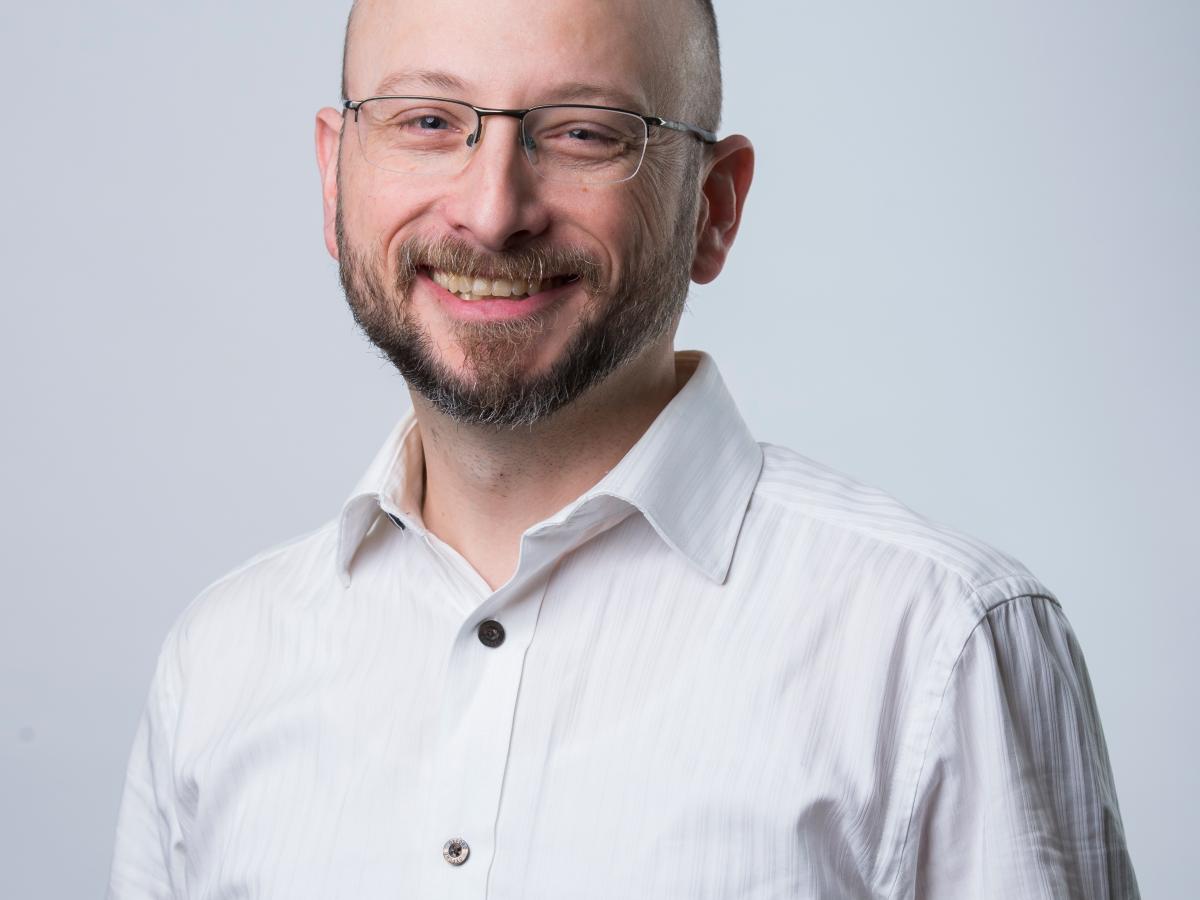
Dr Dale Otten
This project aims to develop a new sensor for complex mineralogy identification, and dovetail the data with elemental composition of the rock. It will translate research outcomes of Research Project 4 (A RP4).
- Chief Investigators: Prof David Lancaster, Prof Bill Skinner, Prof Nigel Cook
- Postdoctoral fellows: Dr Dale Otten
- Translation partners: Bureau Veritas, Scantech
-
Translation project 4 (A TP4): ROM stockpile modelling
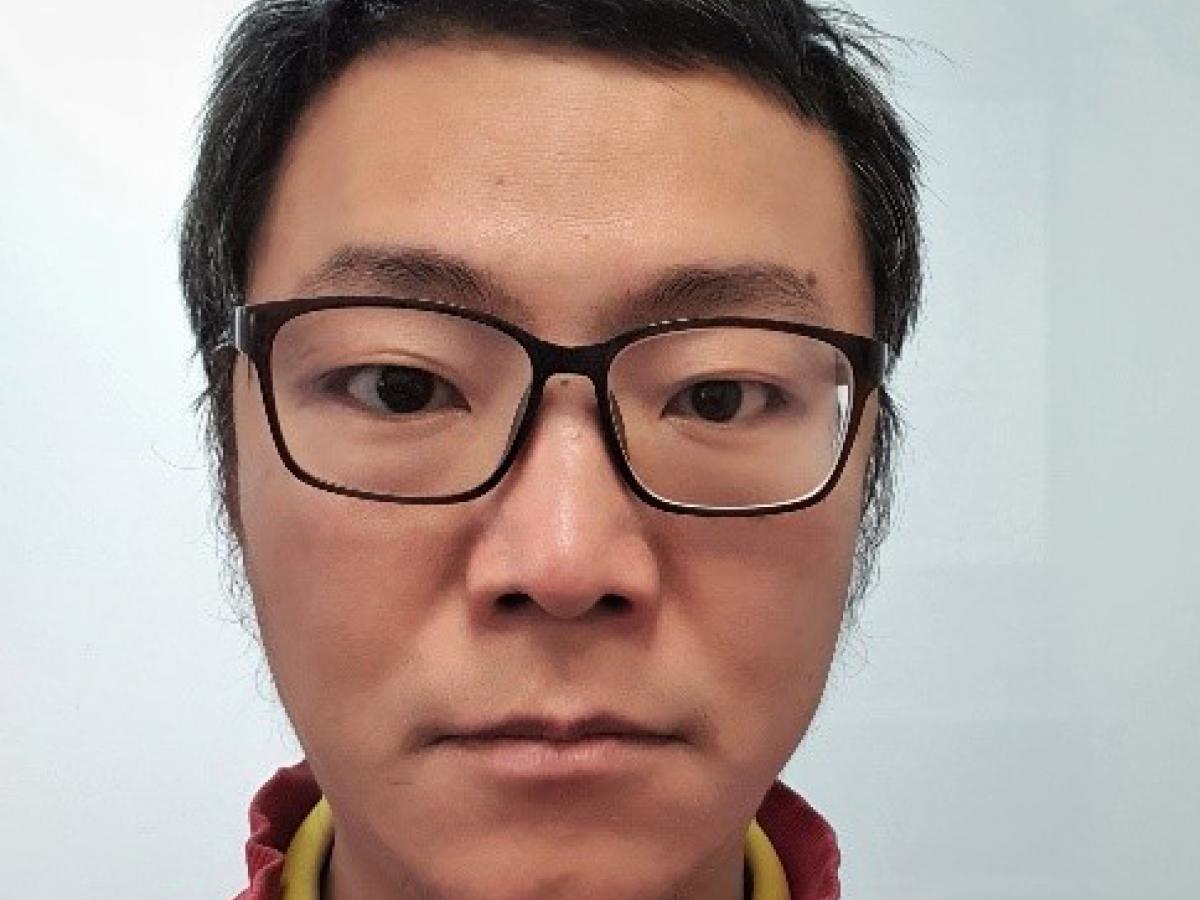
Dr Shi Zhao
This project aims to create a 3D high-resolution near real time model of the run-of-mine stockpiles. It will translate the research outcomes of Research Project 5 (A RP5).
This project is selected for commercialisation.
- Chief Investigators: Dr Tien-Fu Lu, A/Prof Larissa Statsenko
- Postdoctoral Fellow: Dr Shi Zhao
- Translation Partner: Eka
View the YouTube video of Dr Shi Zhao’s presentation on ‘ROM stockpile modelling‘
-
Translation project 5 (A TP5): Advanced ore mine optimisation under uncertainty
This project has been completed.
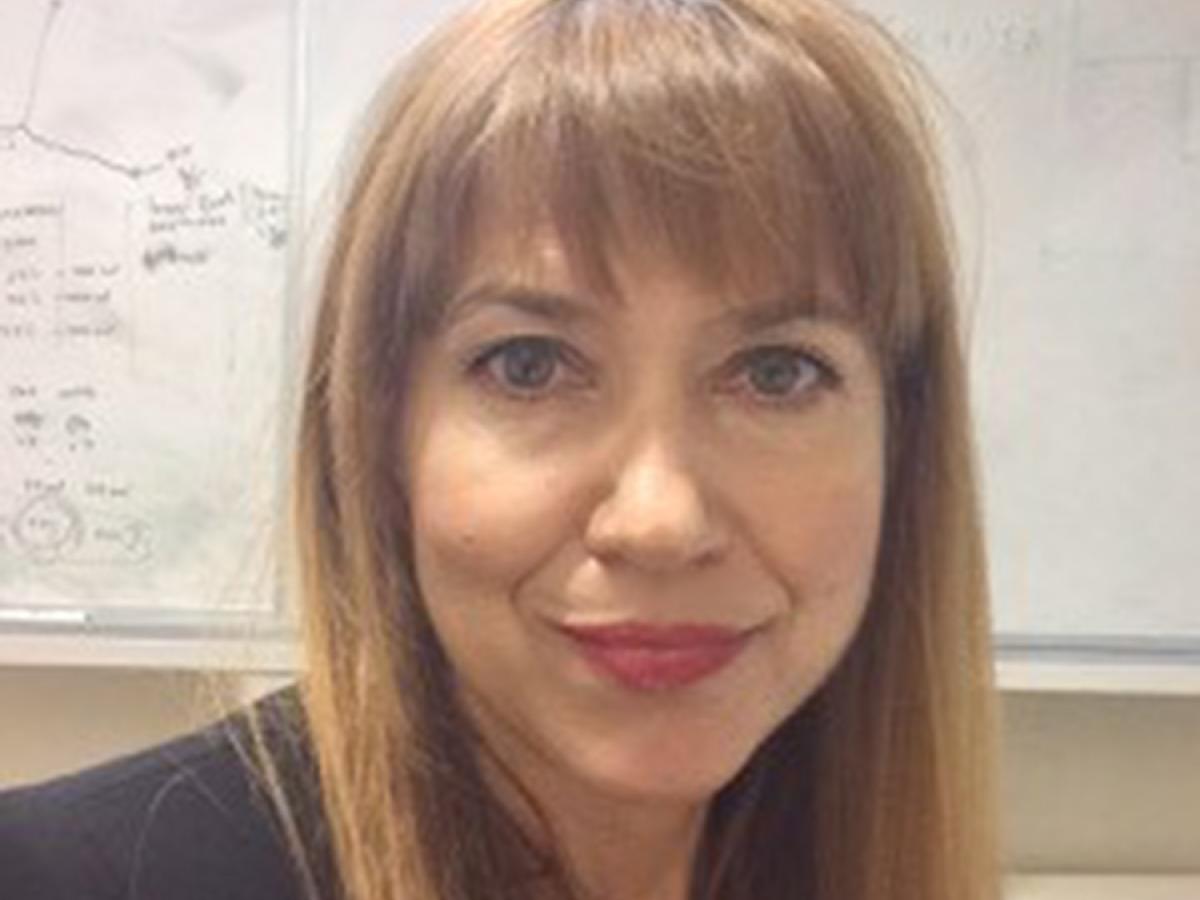
Dr Aneta Neumann
This project aims to quantify the effect of uncertainty during resource model creation. It will translate the research outcomes of Research Project 6 (A RP6).
- Chief Investigator: Prof Frank Neumann
- Postdoctoral Fellow: Dr Aneta Neumann
- Translation Partner: Maptek
View the YouTube video of Dr Aneta Neumann’s presentation on ‘Advanced ore mine optimisation under uncertainty’
-
Translation project 6 (A TP6): Mill feed sorting to optimise throughput and energy usage
This project has been completed.
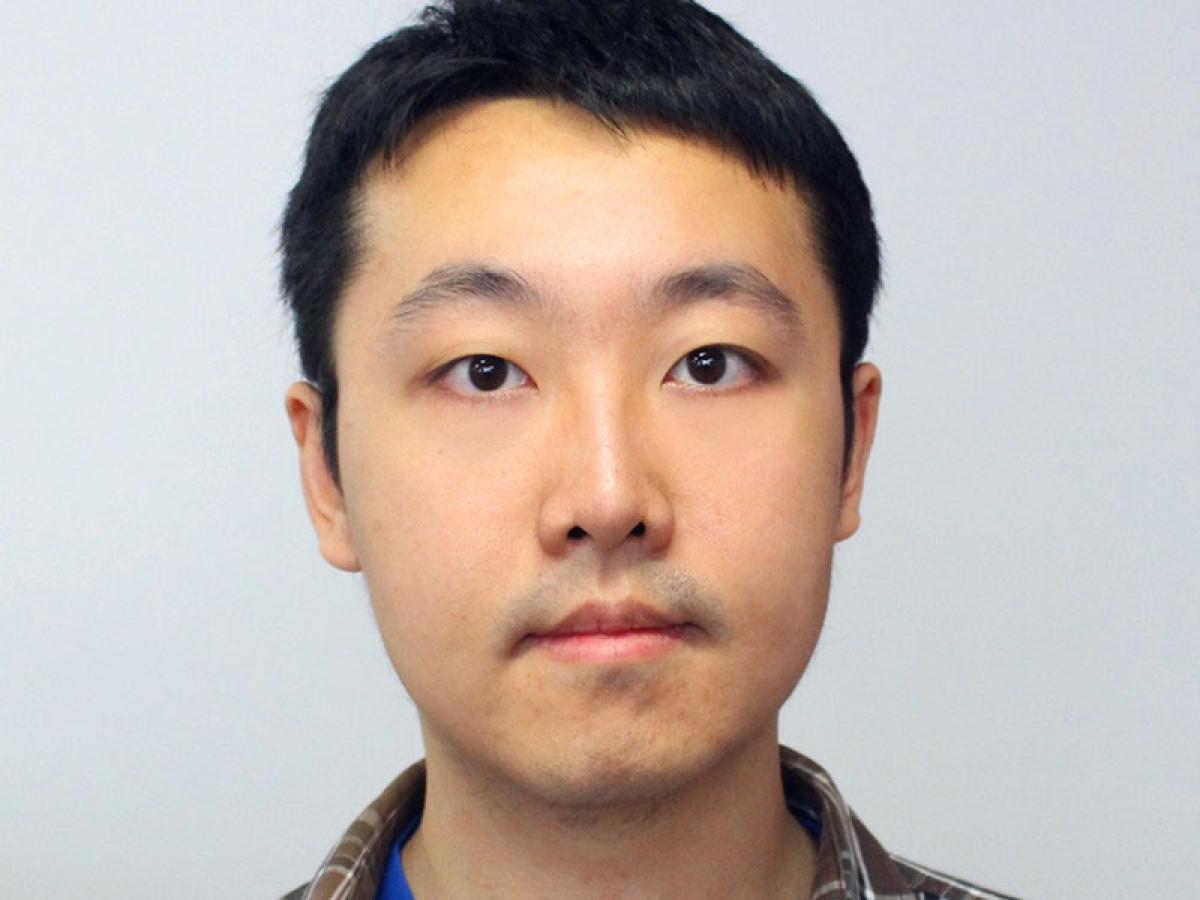
Dr Junjie Zhang
This project will create a concept design of ore sorting to detect and divert problematic material (hard and sub-economic material such as bulldog shale and steely hematite). It will also use machine learning to develop recommender tools for operators. It will translate the research outcomes of Research Project 7 (A RP7).
- Chief Investigators: Prof Chunhua Shen, Adjunct A/Prof Max Zanin
- Postdoctoral Fellow: Dr Junjie Zhang
- Translation Partner: Scantech, Consilium Technology


